Love and attention to detail: Jörg Hillebrand about his work for “Star Trek: Picard”
TrekZone.de’s German podcast crew talked to Jörg Hillebrand about how he became a Research Assistant on “Picard”, how “Star Trek” shaped his life and which detail-oriented people he loved working with especially.
Podcast transcript, shortened, translated
Christopher Kurtz, TrekZone.de: “Hello everyone, welcome to TrekZone Network’s TEN FORWARD podcast, where we talk to intriguing people orbiting around ‘Star Trek’. And we’re very, very lucky to have Jörg Hillebrand as our guest today to talk about not only what he’s been doing as a Research Assistant for the latest season of ‘Star Trek: Picard’, but also what else is on his mind. — Yes, and I’m not on my own here. My co-host on the microphone: I’ve brought Michael Schuh in as reinforcement.”
Michael Schuh, TrekZone.de: “Hello!”
Christopher: “And a very warm welcome, Jörg! Good to have you here.”
Jörg Hillebrand, Research Assistant on “Star Trek: Picard”: “Yes, nice to be there. Moin.”
“Moin” is a greeting common in some parts of northern Germany (also Demark, Netherlands, Kashubia). In many cases, it simply means “hello”. To the average German, it may sound like a shortened version of “Good Morning”.
Christopher: “For some time now, on Twitter, you are well-known [to Trekkies]. Also at Ex Astris Scientia. Your star has risen a bit lately. Would you like to introduce yourself briefly?”
Jörg Hillebrand: “My name is Jörg Hillebrand. I’m a ‘Star Trek’ fan since I’m 14, I’m a bit more active on the internet with my ‘Star Trek’ research since 2005 or 2004. That’s when I started to write and edit articles at Ex Astris Scientia.”
Ex Astris Scientia (EAS) is an unofficial, private and strictly non-commercial website dedicated to “Star Trek”. It was created and is maintained by Dr. Bernd Schneider, a German-based electrical engineer and long-time “Star Trek” fan. Many of the detailed articles on EAS are the work of Jörg Hillebrand.
“And I am an administrator at Memory Alpha. There I also worked quite a lot with ‘Star Trek’ for many years, especially during the pandemic. And when the first season of ‘Star Trek: Picard’ ran, I started to look at episodes and to write articles about them. So, I picked out all kinds of details that I noticed in the episodes; reused props or something like that. I uploaded that to Twitter and have been doing this for three to three and a half years now.”
Memory Alpha is an online encyclopedia for topics related to “Star Trek”. It was conceived and launched in 2003. It follows the Wikipedia template. Memory Alpha contains over 55,000 articles and 60,000 images in the English edition alone, making it one of the largest wiki projects ever. It is available in many languages.
Jörg Hillebrand: “That’s how Dave Blass became aware of me, the production designer for the second and third seasons of ‘Star Trek: Picard’. And he hired me. I became a research assistant for the second and third seasons, but that didn’t come out until the third season when my name showed up in the credits. I just didn’t want that to be known beforehand so I could continue to work in peace.”
Micha: “How did you feel when he wrote to you all of a sudden? Had you been in contact with him before? Or did you think, ‘Oh, is this a fake now‘! What was it like?”
Jörg Hillebrand: “I had no idea who he was. That had happened to me before. I had been contacted by Ben Robinson via Facebook. We know him from those ‘Star Trek’ spaceship models by Eaglemoss. It’s similar to what happened to me about Dave: I got messaged, I thought it was a fan who just wanted to know where I got my info from and how I knew all that. He asked me if I had ever worked officially on any ‘Star Trek’ productions. I just told him I had helped here and there… with auctions, with the remastering, with little things. And that I also had been in contact with Mike Okuda and that had I helped with the Eaglemoss books.”
Michael Okuda is known for his work on the scenic design of many “Star Trek” series and films. Throughout the TNG run, he headed the Scenic Art Department. Among other things, he was responsible for the look of alien languages and artifacts, also for computer screens (LCARS), etc.
“He asked me if I had ever signed NDAs for such work, and I had no idea what an NDA was. So, first I googled it: Non Disclosure Agreement. That’s when I said, ‘Nope, I haven’t needed that yet.’ And I think I wrote something like: ‘I can keep quiet. You can ask John Eaves and Mike Okuda and Rick Sternbach.'”
John Eaves is a concept artist and designer who has worked as a production artist on many “Star Trek” series and films. Rick Sternbach has been a senior production illustrator/designer on several series and films. By far his best known work is the designs for the PADD, Deep Space 9 and the USS Voyager.
Jörg Hillebrand: “The next question was whether I could imagine officially collaborating and then signing such an NDA. And that’s when I got a little bit suspicious because I thought: ‘Why is a fan asking me that? That’s a strange question.’ Then I googled ‘Dave Blass’ and found the Wikipedia article. At that point, it wasn’t even known that he had since taken over as production designer. It didn’t say that anywhere yet. I found out from him later.”
“I told him that I very well could imagine doing that and that I would certainly enjoy it. And then the NDA contract came, kind of, one day later. I signed it, scanned it, and I started working right away and have been working continuously ever since. Even today I was still researching and putting together things for the last episodes. So, that was really two and a half years in which I was allowed to work most intensively for ‘Star Trek: Picard’.”
Micha: “What was the specific work assignment for you? How did the communication take place in principle?”
Jörg Hillebrand: “It actually corresponds almost one hundred percent to what I do anyways when I deal with ‘Star Trek’: I pick out a topic, often I make screenshots from old episodes and compare them — if my time allows it. Sometimes I do have the time when there is no new episode out. Then I write longer articles.”
“And it was pretty much the same for the production of ‘Star Trek: Picard’. I would get research requests by e-mail: ‘Find some screenshots...’ — I think that was the first thing I was asked to do — ‘…of all Starfleet and Federation buildings from the inside‘, ‘how do the buildings look like from the inside?’ So, a database emerges. When new rooms are to be designed, they can reference it. Other examples: ‘screenshots of that spaceship‘… or… ‘Which spaceship classes would be flying around at that time? What can you suggest?'”
“So, I just always got little requests like that, sometimes a bit more sizeable. I created a large screenshot database for the Ferengi and for the Borg. I wrote memos. I would summarize what Ferengi consoles, Ferengi interfaces, or Borg interiors look like, what colors are used for them. I sent that over, and it was either used directly — or PDFs were compiled by assistant art directors. And that’s what the designers ultimately were given and inspired by. This is how it went most of the time.”
“You guys saw the episode with the museum station? ‘What cool artifacts could be stored there in that archive‘? From Section 31 and from Starfleet? — And that’s when I sat down and just went through all the episodes. As usual, I wrote short memos about it. I think I documented 75 items, sent the documentation over and, yes, some of them were selected. That was a really cool thing.”
Micha: “Did you have ‘James T. Kirk’ on your memo list?”
Jörg Hillebrand: “I got a list, yes, and there were already some things on it. Such as ‘James T. Kirk’ or the ‘Bird of Prey’, also the ‘Genesis Device’. All already noted, already on the producers’ list. Co-contributors were Mike Okuda, Doug Drexler, John Eaves and Geoff Mandel. And my 75 items were then submitted as an addition for that list. In time, I received an updated document with all items that got shortlisted.”
Artist Doug Drexler has drawn for or contributed to many official and unofficial productions and publications since the 1970s. Drexler began in the fandom and proved to be one of the most versatile production staffers on the ‘Star Trek’ series during the Berman era. Geoffrey Mandel is a production associate and designer who has been a set designer/production assistant on several ‘Star Trek’ series and films.
“I was happy about all my selections that made it onto this list. Though, I didn’t dwell on it up until the episode ran a year and a half later — and then, as I always do, I looked at the scenes frame by frame and happily went: ‘that looks familiar!'”
Christopher: “Did you know what was in the script? Was it just: work assignment, looking it up, sending the PDF back? Wasn’t it a more interactive thing? You knew the context in which your memos would be used, right?”
Jörg Hillebrand: “No context at all.”
Christopher: “No context?”
Jörg Hillebrand: “No context. I was just researching stuff. So Dave, it has to be said, was very, very careful not to spoil things for me. I credit him for that because a lot of things that happened in the 2nd and 3rd season were then also wonderfully surprising to me. I was really researching items out of context… for crew quarters, for example. I found out later that it was research for Captain Shaw’s stuff. Though, I didn’t know the character at the time. I had no idea who my prop suggestions would end up being seen with.”
“Sometimes I would say: ‘I need a little more input so I can do this more accurately.’ For example, I knew I was supposed to research things for Dr. Crusher. I had actually been informed of that. And I knew that the TNG crew would be coming back, I knew that very early on. Didn’t talk to anyone about it, of course, otherwise I wouldn’t have been able to research it properly.”
Micha: “But you knew pretty early on that the TNG crew was returning? And you probably knew earlier than the rest of the fans. Right?”
Jörg: “Yes. That Dr. Crusher was coming back, it did find out first. They asked me to pick stuff out for her.”
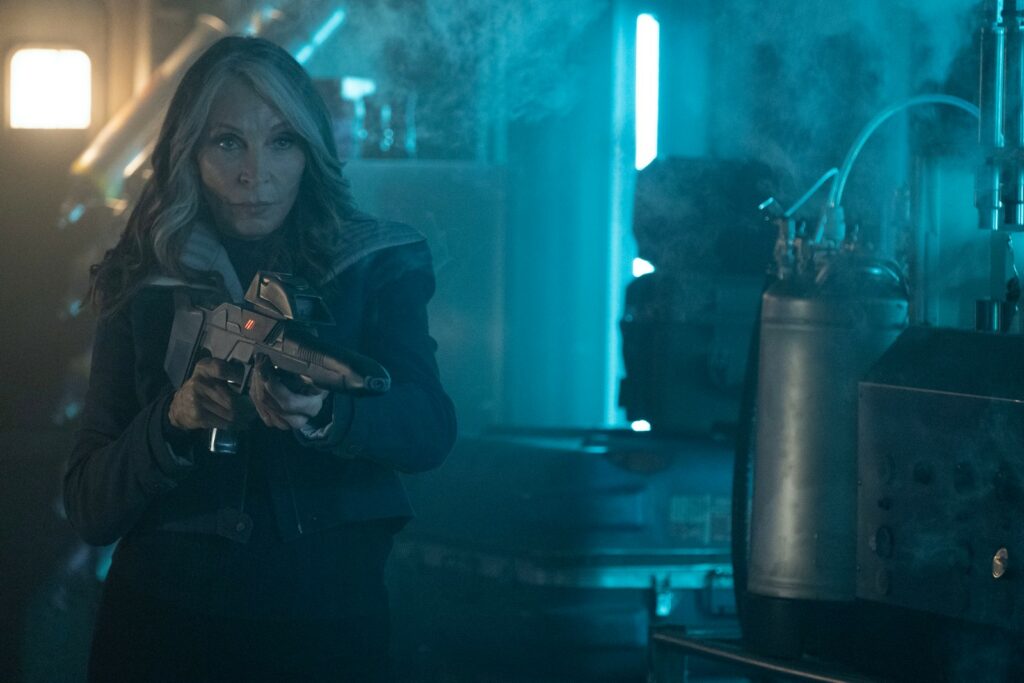
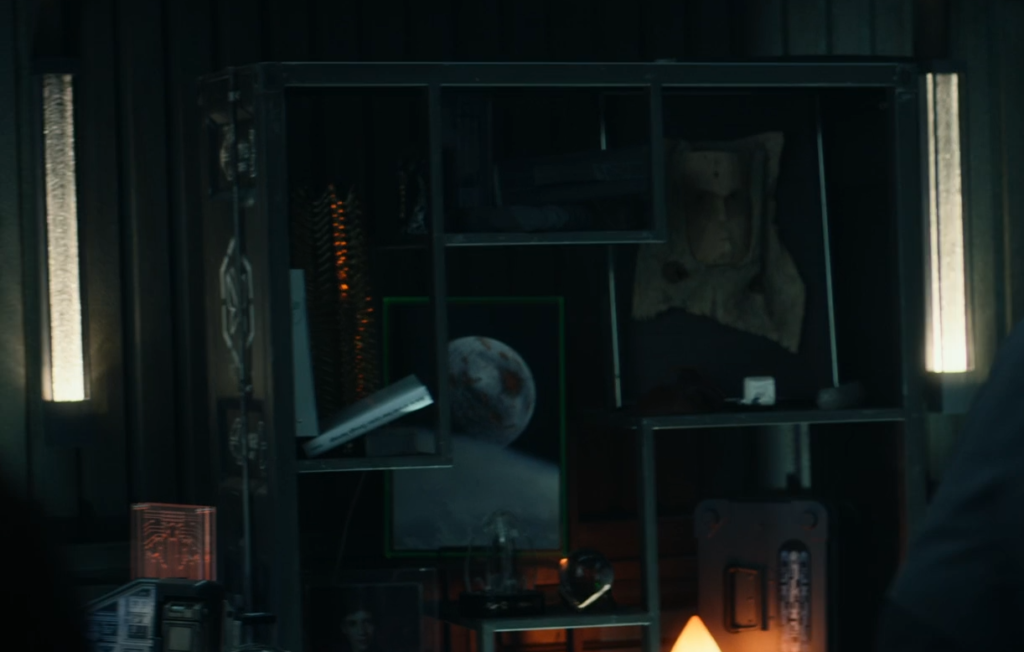
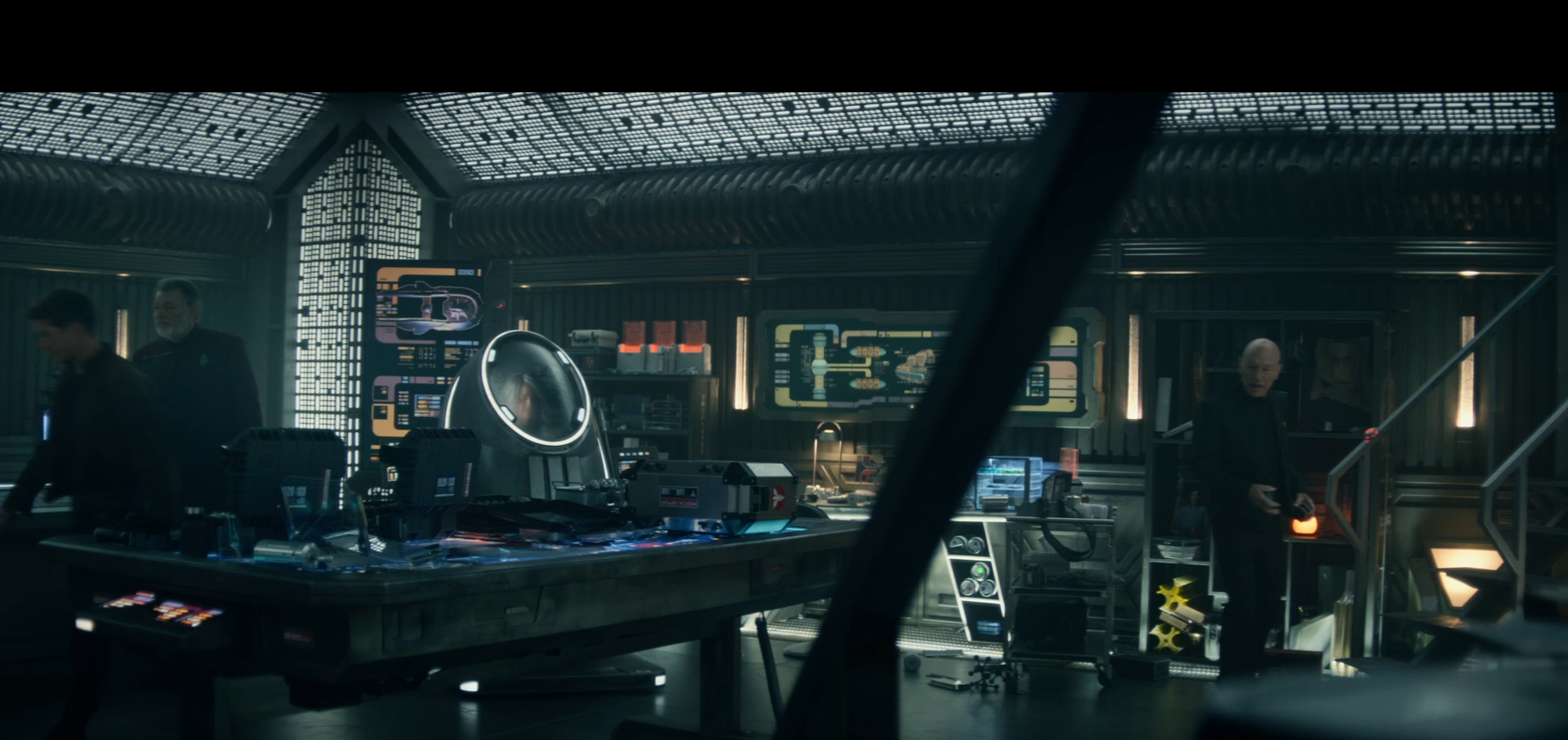
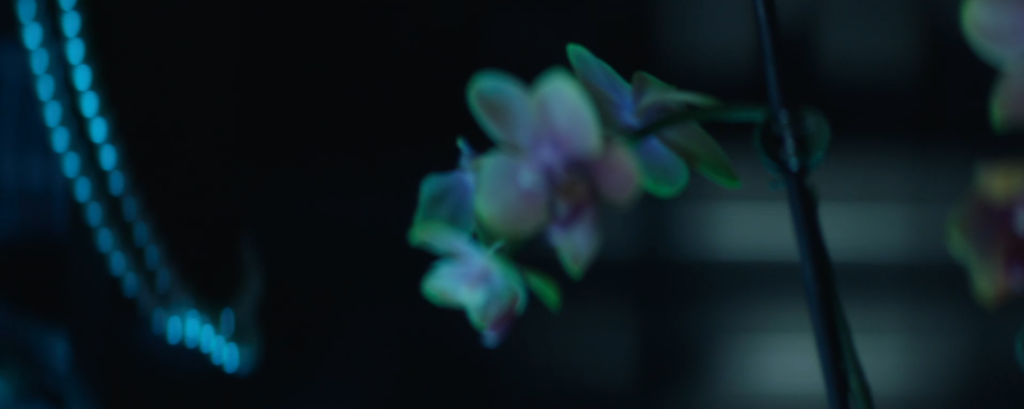
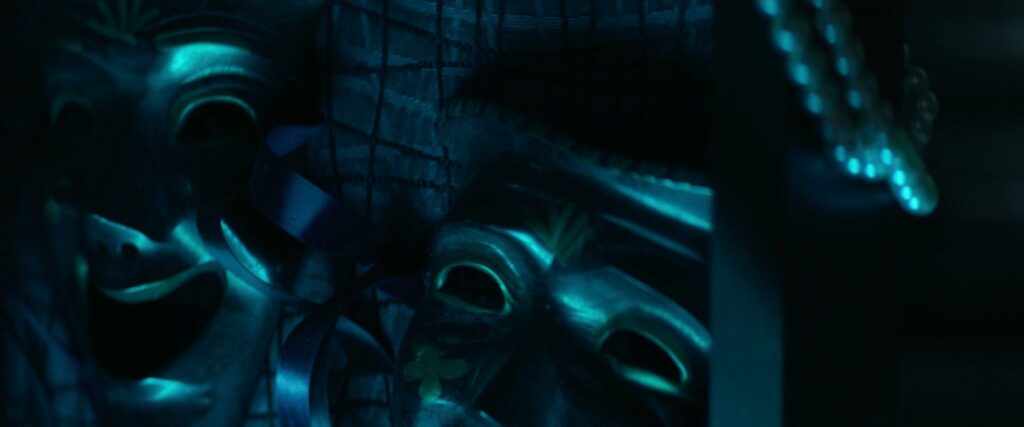
Some of the suggestions by Jörg Hillebrand: Orchids, pearl necklace, masks © Paramount+.
Jörg Hillebrand: “Then stuff for Data. There’s a fair bit that has been cut out of the episodes that I had worked on a lot… Well, the fact that all of the TNG cast would show up, and would be on screen pretty much every episode of the third season… I didn’t realize that until they announced it at a convention.”
“I did a lot of research very, very early on for the Enterprise D bridge: That the starship would go into action and that we would really see the whole ship, I hadn’t known that! I had known we would see the bridge. I had thought: ‘then there’s a scene in the finale where they go into the museum and stand on the bridge and reminisce a bit.’ That it would unfold as it did, I had no idea! That was as impressive for me and as touching as it surely was for all the other fans. And I’m glad it was managed this way!”
“I didn’t see any of the episodes beforehand. I didn’t see them until they were on. Didn’t read any scripts.”
“No one knew I was working on the series. Therefore, it didn’t occur to anyone to ask me about it. Of course, that changed after the first episode of the third season ran. Then people suddenly wanted to start conversations with me on Twitter. But I’m not blabbing anything out there, nobody has to worry about that because I just have way too much respect for it and also I do not wish to spoil the surprise.”
Christopher: “Do you have a particular approach or methodology or philosophy that you follow with your work? Would you view yourself as an archaeologist of the future? An anthropologist? An archivist?”
Jörg Hillebrand: “I’m a researcher, I explore ‘Star Trek’ from the point of view of production: how was it produced, how was what created? Why is there a new console now? I started with starships: how/where are starship models reused, painted slightly different, new parts glued to it, and presented as a new alien starship? That interested me as a kid. I wrote a lot about it. And this, by now, has expanded into all sorts of niche topics, so to speak.”
“I also wrote articles about classical music in ‘Star Trek,’ about Picard’s Shakespeare books. What are the pages we see? Many memos about minute details that interested me, about reuse of props, about makeup and costumes.”
“Above all, I’m interested in visual things. My gaze always goes to the background, always. What can you see there? My eyes are so well-trained that I notice tiny details. That’s what I write about [online]. When ‘Star Trek: Picard’ season 1 came out, I discovered familiar logos in the background, also Picard’s Shakespeare book in his archive. As always, I aimed to find out which page it was opened to… All that made me incredibly happy, this attention to detail.”
“Once upon a time, I had wondered how cool it would be if, like there is for ‘Star Trek’ movies, there would be some sort of text commentary for each episode. Mike and Denise Okuda had often sent me text commentaries for movies. I enjoyed reading those immensely. I really only read non-fiction. When I read a novel, be it for school or something that interests me privately, I always need an [extra] book with lots of annotations. [Note: Jörg Hillebrand is a highschool teacher by profession.]”
“So, I thought to myself, how cool would it be if there was a thing for ‘Star Trek’? Of course, there isn’t. Then I thought: Can I do it? And I talked to Bernd [from Ex Astris Scientia] and said: Could you imagine me writing something like that? About everything I notice, everything that changes, camera angles, how a setting has evolved in three seasons; writing articles about it, comparing things, asking questions like: how did it look before and how does it look in the episode? So, I did that — for TNG… for years. Until just before the end of season 6.”
“So, yeah, I had started by writing articles about TNG episodes. With ‘Picard’ having ended, I’ll go back to that now. And when I’m done with TNG, I’ll do ‘Deep Space Nine’, then ‘Voyager’ and ‘Enterprise.’ I will write articles and research things for the rest of my life; I’m sure of it.”
Micha: “So, you’re going to continue season 7 as well? That would have been my next question now, why did you stop with season 6?”
Jörg Hillebrand: “[Writing about season 6…] That was quite a few years ago. As a teacher at that time, I had a lot on my plate at school. Then there is the bit where when I start something, there is always more things that I decide to write about. Example: I start a list about consoles. I study footage, add things to my list: which console do I see where? — These are things I do for my own enjoyment. Many things don’t even make it into articles. A lot of work. Then: In season 5, quarter design changed. The redesign was based on room dividers which enabled set builders to quickly transform everything into a new room. So, for each episode, for each changed quarters, I drew layouts with furniture: where can I see what? That was fun. And work. Screenshots, articles, this ‘n that. Eventually, I had to pause my projects.”
“So, I haven’t worked on these articles for years now, but Bernd [from Ex Astris Scientia] takes note of my tweets. Thankfully, all the collages I post on Twitter, he adds to EAS articles so that they’re updated.”
Christopher: “What we find tremendous as outsiders: how do you sort it all in your head? How does that work? We’re talking about thousands and thousands of individual pieces. Do you have a photographic memory, do you use aids? Is Memory Alpha always open when you study scenes? Or do you have a database of pictures on your hard drive? How do you do it? How do you notice what everyone else overlooks?”
Jörg Hillebrand: “I spend very, very much time with ‘Star Trek’, basically my whole spare time. I do other things, too, but my free time is just ‘Star Trek’, my friends are all Trekkies. We have ‘Star Trek’ nights twice a week where we watch old and new episodes. In consequence, I watch them multiple times. So, I notice things. And I do have a database, yes. First it was just for TNG. Later for all the series and the movies.”
“When DVDs entered the market, in 2002, I had begun re-watching episodes on my computer. I took notes and started making screenshots: of each person, alien, room, spaceship, planet, of props and anything else I noticed; of every bridge setting I deemed ‘good’ at the time. I’ve done that a lot over the years.”
“From the finale episode of ‘Picard’ I took screenshots of the bridge this morning. I would love to find a companion screenshot from an old TNG episode; a shot from the same camera angle. So, I go to my folder; I have one for each episode, for each season, for each series. I select the season, type in ‘bridge’, and I get all — I don’t know — 500 screenshots that I took of the bridge in season 4. I sort through those, frame by frame, and find one that fits.”
The USS Enterprise-D bridge in #StarTrekPicard's "The Last Generation"⬆️ and in #StarTrekTNG's "Remember Me"⬇️. Seeing new shots being filmed on MY 'old' starship bridge still seems so surreal! 🙂 pic.twitter.com/llg96C4WXG
— Jörg Hillebrand (@gaghyogi49) April 27, 2023
“I already have a great ‘Star Trek’ memory, in general. If I’m watching an episode, and I see some prop in a ‘Voyager’ episode, then I usually quickly know: ‘Okay, someone [else] already had this device in their hand [in some other episode].’ I’ll either figure out on my own which episode I saw it in — or I’ll go through my screenshots. For two years now [for ‘Picard’ and just for fun on Twitter], I have been clicking through my screenshots over and over again. Now have it all in active memory.”
Christopher: “You’ve been tweeting for three years now. Before that, you were in more of a traditional Web 1.0/Web 2.0 environment [emails, forums, comment sections]. Has the change to social media been a positive experience?”
Jörg Hillebrand: “When I wrote articles for Ex Astris Scientia, I really just researched things. Presenting it on the internet: Bernd did all that, formatted all of it. I wrote it in German, he translated it into English. It took time until things could be published. Bernd would have to make something out of my content, so a few days later it went online — or sometimes even a few years later. And then, finally, others would gain some joy out of it. That’s how it went in the past.”
“Now I have Twitter. I post something — and I get direct feedback. Fans who also find that same thing cool, retweet my posts. And I receive comments from people who have actually worked on the series, who may correct or add things. That makes everything much more up-to-date, of course. Quicker satisfaction.”
“Ex Astris Scientia has attracted a lot of people who liked the older series, such as ‘Voyager’, but maybe a new series, such as ‘Discovery’, not at all. And it happens when I write about a series other than TNG that there are comments from people who only accept ‘the real and important Star Trek‘. On these matters, I ask myself: How pathetic can you be if you have nothing better to do than to always offer your negative mustard? I don’t want to spend my free time being negative, I would never in my life write about something that I hate or that I don’t like and that I think sucks.”
“I research and write about what I enjoy. When others enjoy my contributions, I’m happy. There are episodes that may not be as heady, story-wise, but where you see some wonderful setting for the first time — or a new starship model gets introduced. And for that reason alone, it’s worth my while to get me into those episodes. Even in ‘Power of Dreams’/”Shades of Grey,” I found things that I hadn’t noticed before.”
“I was able to write about that for a few days on Twitter. I always approach these things positively and always try to find something to enjoy, something positive or beautiful. Other things, they don’t interest me. I don’t know any other approach. If I always only take note of the negative: That drags you down! There are enough things that drag one down in the world right now. And ‘Star Trek’ is just the thing that always pulls me up.”
“When I find something I enjoy, I might post about it on Twitter or write an article. To get feedback like, ‘that was a fun read,’ ‘I noticed that too, cool!’, or if I see just that it affects others positively, that it makes someone smile… then I’m happy!”
Christopher: “You are in the credits of three ‘Picard’ episodes [correction: four]. Though, it’s not the first time that your name suddenly appeared in some ‘Star Trek’ production. Namely in ‘Night Terrors’, in the TNG remaster, an LCARS display has been retconned. That’s when we read about the ‘Type 12 Hillebrand Detonator’ for the first time.”
Christopher: “What was the back story on that? When did you catch that? Did you find out when you were making screenshots or did the Mike Okuda write an email? Hey, take a closer look at ‘Night Terrors’?”
Jörg Hillebrand: “An Email about taking a closer look at episodes, that’s never in need; I’m doing that anyway. I don’t recall the details anymore. I had been in contact with Mike on and off for years. He’s just super friendly. And every question I ask, no matter how trivial — about any LCARS displays in the background, for example — he always has a clarifying or at least kind answer.”
“About the remastering: In the first TNG seasons there had been some mistakes; maybe soundtracks were not quite right, something had been wrong, something was missing. So, there were episodes that needed to be remastered. They even did a DVD/BluRay exchange program. In that context, he wrote to me: ‘Did you notice any other things in these episodes? Now we still have the chance to change it, to correct it’. That’s what they did. And then I wrote him about little things. I think that’s how that came about. When he redid the LCARS displays in ‘Night Terrors’, yeah, he put my name in it for that reason.”
“I hadn’t known anything about this before it came out. Then I made my screenshots. I had taken note that there were new names. Honorable mentions of people who had participated in the remaster project. So, I went through my screenshots and suddenly I saw ‘Type 12 Hillebrand detonator’.” And I went: ‘Oh, someone else’s name is Hillebrand, too!” Then I paused. ‘That’s odd.’ Wouldn’t I have known that? I knew all the other names! So, I wrote an email: ‘Is it possible that you’ve included me in this episode?’ He replied: ‘Yes, thank you for the help you gave me, that’s a reference to you.'”
“I always tell my students, ‘you can blow stuff up with me! I show up in a Star Trek episode, I’m a detonator now!‘ Of course, my students always go: ‘But do they say your name, too?’, ‘where do we see the device?’ And I answer: ‘No, you can see the words for about a third of a second, very briefly, on a screen. Still, I love it!’ And I do.”
Micha: “Yeah, sure. Who can say that about themselves!”
Jörg Hillebrand: “That was the first time my name was in a ‘Star Trek’ episode. At least, my family name was. And then in the second/third season things happened I wasn’t prepared for. I appear on some crew register of the Stargazer as Lt. Cmdr. Jörg Hillebrand. I had known something like this was going to come up, since Geoff Mendel had asked me once: ‘If you were serving on a Starfleet starship, what rank would you have?’ I had told him: ‘We used to do a role-playing game with my friends, a tabletop role-playing game, and I always had been a lieutenant commander, science officer.’ And then he used that. I was super happy to write an article about it.”
“So, I had known for over a year that my name was going to be in the credits. It was incredible and unbelievable to me that I would be honored like that and also that my work was ultimately relevant enough for this. After all, I’ve always just did my usual research and then delivered my usual notes.”
“In the beginning, no one had told me: ‘By the way, you’re our research assistant.’ It’s not like I was on any lists. I was a contact person that you could write to if you wanted to know something. It was said that I would appear in the last episode of season 3. Then Dave said: ‘We already put you in episode 1.’ I decided: ‘OK, if I show up in the first episode, then everybody will find out. Until then, I’ll keep it a secret.’
“When episode 1 came out, a message followed: ‘Oh, by the way, you’re showing up in the second episode, too.’ I found out about this five weeks ago or so [note: this write-up has been published seven days after the interview with Jörg, shortly after the final episode]. Then they wrote: ‘and in the last episode, too!’ And I thought: ‘How cool, the last episode! I’m sure we’ll see the Enterprise-D bridge and the whole crew together again.'”
“Then episode 9 came out. I had been told, episode 10 would be my last mention. I don’t know about you guys: The last ten minutes of episode 9… I was just crying my eyes out. It was just too much. The Bridge!! After so many years of work, to see how wonderful it looked and how faithfully it had been recreated! Then the credits rolled, you hear the TNG music, names that fade in, the tune swells up high, the fanfare… and there’s Jörg Hillebrand again!?!”
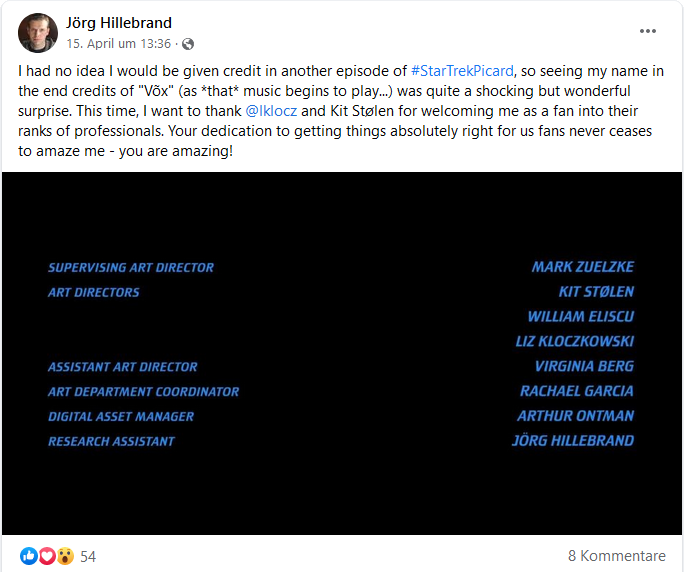
“It got a bit anxious. I just couldn’t believe it. When the finale episode came on and there was Jörg Hillebrand again, that was simply overwhelming. It really was. So, I’m infinitely grateful to the people for whom I was allowed to work there. And that they then really thought: ‘we’ll do Jörg the honor now’. Or: ‘let’s gift him this joy now.’ And it was a gift. Absolutely.”
Christopher: “Well, I can speak at least for the editorial staff of our fanpage here, but probably also for many who are listening to us right now: We were so happy for you! And we thought that if anyone deserved it, it was definitely Jörg. That was great.”
Jörg Hillebrand: “I still can’t believe it. The season was so incredibly well received by critics and fans. That makes one even happier. To be allowed to work on ‘Star Trek’ again, to see the TNG crew also come together again, to see the Enterprise. And that happy ending!”
“But, oh boy: All of a sudden I had in an IMDB article! Stuff like that! The Memory Alpha article has been expanded a lot. There’s stuff in there now: what school I teach at… what you can find on the internet if you just research the name. It’s just surreal, and it’s going to take me a little while to really understand and realize that.”
Christopher: “Your colleagues and students… what relevance does this have for them? ‘Nice! Mr. Hillebrand, our English and biology teacher. He took part in some odd thing, doesn’t matter to me tho.’ Or do you have young trekkies sitting there? Or is it more a thing in the faculty, with people who grew up with TNG?”
Jörg Hillebrand: “Well, full spectrum. There are those who can’t tell the difference between ‘Star Trek’ and ‘Star Wars.’ That’s fine, too. There are students who go: ‘Star Trek? Dad watches that!’ Or: ‘Mom watches it.’ Often, they haven’t watched it themselves. That’s why I’m so glad that there’s now ‘Star Trek: Prodigy’, for example, where the younger generation can get a taste. Everyone knows I’m a ‘Star Trek’ fan. For sure. Every vocabulary test says ‘Qapla!’ on the bottom.”
“To tell you the truth, as a background image on the school computers, when I log in: there you even see that credit screen from the first episode. The machine boots up and it always says Research Assistant Jörg Hillebrand.”
Christopher: “What role did this hobby play in your career choice?”
Jörg Hillebrand: “On my first day of school, when I was six, I came home and told my mom: ‘When I grow up, I’m going to be a teacher.’ And that never changed. I always wanted to be a teacher. That has not been influenced by ‘Star Trek’ in any way. My subjects, though, have been.”
“I was watching ‘Star Trek’ before I was 14.Oct. 20, 1994… that’s a fixed point in time for me. That’s when I made my first notes about an episode. In my first non-fiction books about ‘Star Trek’, there were always advertisements in the back. There was a picture of the ‘Star Trek’ encyclopedia by Mike Okuda, first edition.”
“Of course, they were only available in English. 400 pages with illustrations, that’s what I wanted! I ordered it from our bookstore. It took forever to get to Germany. It was all in English. I really wanted to know what was in it, I just thought it was so incredibly cool. So, I started reading through it with the help of an English dictionary. I wrote translations into it with a pencil. I realized: ‘You need English so that you can understand Star Trek even better and enjoy it better — and earlier!‘”
“I didn’t have to wait years or months for German translations. That’s when my connection to the English language was formed: through ‘Star Trek’. And that’s why it became my subject to teach. Biology had also always interested me as a child.”
“I will never forget how we went through neurobiology in high school: When my teacher started talking about neurotransmitters and synapses, I got excited: ‘I already know all that, I already know it from TNG!’ So, biology appealed to me immensely because I could now combine my passion for natural sciences with my love of ‘Star Trek’. There you go, I ended up becoming a biology and an English teacher.”
Christopher: “Charming! — What episode did you take your notes on10/20/94?”
Jörg Hillebrand: “‘Balance of Terror’ was the first episode. I had decided a day before: ‘You need a hobby somehow!’ TNG had just been broadcast for the second time [in Germany] with all the episodes. Everything was still relatively new [for German trekkies]. That really sparked it off. On request, I got video tapes as a gift from my godfather.”
“As a child and even now I can’t really take the German dubbed version seriously. I started watching everything in English at some point because I’m lucky enough to live near the Dutch border, where for example ‘Voyager’ was broadcasted in English with Dutch subtitles. Anyhow. Yes, my first episode was… I don’t even know what it’s called in German… ‘Balance of Terror’?”
Christopher and Micha: “‘Spock unter Verdacht!'”
Jörg Hillebrand: “Exactly, I still like to watch that one. Also often on my ‘Star Trek’ anniversary, I watch it with my friends.”
Micha: “Always with friends?”
Jörg Hillebrand: “I also watch alone, but I’m really lucky that my best friends are all Trekkies, since many, many years. And I have weekly ‘Star Trek’ evenings with them.”
Micha: “How did you enjoy the third season of Picard overall?”
Jörg Hillebrand: “Loved it! Especially the soundtrack! Music just makes you happy. I love listening to soundtracks and classical music. That was certainly also boosted by ‘Star Trek’. When the familiar themes come up, you notice you can get a little emotional. I think music has been used incredibly well.”
“The plot grabbed me. I can remember ‘Picard’ episodes where I really couldn’t sit still in my chair. The episode with Ro, for example: things really heated up with Ro Laren. Or the penultimate episodes, when it became clear what Jack was all about. I was incredibly captivated. Of course, I also watched it all with my specific point of view, noting, ‘okay, here comes something I have helped with.'”
Christopher: “Your Memory Alpha article claims that you were a door opener to people like Doug Drexler, Mike Okuda, Rick Sternbach. Can you tell us a little bit about that? These are personal heroes of mine.”
Jörg Hillebrand: “Well, I probably researched some article and thought: ‘I should actually ask Okuda directly why this is the case!’ And back then they still had private homepages. It was all before social media. I somehow got Mike Okuda’s email address and asked him a question. He actually responded! And so I asked, ‘if I had more questions, about this or that, is it okay to ask?’ And he replied, ‘sure’. And that’s just the way it came to be.”
“John Eaves and Doug Drexler had blogs for a while, and they uploaded drawings of spaceships. I posted screenshots from my collection in the comments, to show how things ended in the episodes. Apparently, these things that John kind of didn’t have access to. He was pleased that I did this; it was similar with Drexler. That’s how I got in touch with them.”
“If I had questions about anything, I got answers. Same with Rick Sternbach, who also had his own homepage. Geoff Mandel, who worked a lot on ‘Picard’ and who did the ‘Star Trek’ star charts: yeah, that’s how I got in touch with him. You dared to write and you always got a nice answer. Also from Larry Nemecek.”
Larry Nemecek is a voice actor, presenter, writer, consultant, archivist, editor and producer. He is married to former script coordinator Janet Nemecek and developed a number of “Star Trek”-related projects under the banner “Trekland”; including day tours to film locations.
“In 2009 and 2010, I flew over to Los Angeles twice and checked out the filming locations. Used Google Maps and alike to figure out the addresses. The first time, Larry had said: ‘if you’re in town, let me know and I’ll take you somewhere.’ And then he picked me up at my hotel and that’s where I went with Larry Nemecek to Bronson Canyon. That’s this valley where ‘Darmok‘ was shot. And Bajoran refugee camps for ‘Ensign Ro‘, as well.”
Jörg Hillebrand: “He took me there, too. I looked around, took pictures. Really super nice that he just takes such a complete stranger ‘Star Trek’ fan from Germany with him! And the second trip the US, it was Doug who told me: ‘we can do something when you are here’. He invited me to his house, I was sat in his living room, met his wife and his parrot. With a plastic bag around my hands, I got to hold his Oscar. And also the Emmys. Totally surreal.”
“We also went to some movie studios where they had been shooting ‘Fair Haven.’ He showed me around. Paramount Studios, too. I got to peak a little bit behind the scenes. And I took nice pictures for articles I was going to write. He had been like: ‘Yes, I don’t know you, I only know you from the Internet. But if you want, I’ll take you with me!’ For one day, I was allowed to accompany him.”
“Just as I was there, ‘Star Trek I’ was playing in theaters. Must have been an anniversary. I guess that’s when they released the DVD director’s cut version. That was lucky that I was right there in Los Angeles at the time.”
“And then I went to the movies with a buddy who had really driven me from location to location in America. Everybody was there: Mike and Denise Okuda, Doug Drexler, John Eaves. Lots of other people you know from TNG. I saw them, just from a distance. John noticed me and waved: “York, York!” We didn’t have time to talk much more. It was an experience I’ll never forget: being able to watch this movie, there. I was just so jet-lagged, unfortunately, that I fell asleep in the theater.”
Christopher: “Suppose I wanted to redo a Promellian battle cruiser as a model. What will you advise me, what do you have to tell me that’s important?”
Jörg Hillebrand: “Nothing important. But something funny. First of all, that I was allowed to work on the model because I think the ship is so cool. And: I had told Ben Robinson ages ago, eight years ago or so: ‘if you want to make a special edition of this model, sell it in a bottle!’ Because in one episode Picard says that he certainly had a Promellian ship in the bottle once. Quite a few fans would surely buy that.‘ He didn’t respond. Many things were happening at the time.”
“When I started working on ‘Star Trek: Picard,’ Dave asked me in one of the first emails: What should we see as decor in Picard’s rooms? And I had written a list: ‘Ammonites, his Shakespeare books, this and that. It would be really cool if Picard had a ship-in-a-bottle with a Promellian battle cruiser in it! Reach out to Ben Robinson, he’s the one who did the cruiser! I also worked on that.‘ And then half an hour later I got an answer back: ‘Already covered!’ And that’s when I realized: This guy really knows what he’s doing. He knows what we want. Really hardcore.”
“You really see a lot, a lot of praise that he’s getting for the design in the second and third season. And it’s all so well deserved. Someone who has really put his mind to it, who has such an understanding of the subject matter, we have him to thank that people like Mike Okuda and Doug Drexler and John Eaves have been brought on. This continuity, these legacy people with the experience: he brought them back.”
“I was then allowed — indirectly because I was located here in Germany — to work with them. An incredibly positive experience. It joins a long list of positive ‘Star Trek’ experiences that I’ve had in my life. This one has been really, really, really important. My name in the credits: I know I owe that to him and his team. Absolutely.”
Micha: “It’s something to be proud of.”
Christopher: “Thank you for this great experience report! Of course, we also have a question, which we have to ask … even if you have to lie to us because of NDAs… Are things over for now? Or have you already been approached for something new?”
Jörg Hillebrand: “No comment.”
Christopher: “Okay! That’s how we’ll leave it then. Did we fail to ask a question you were looking forward to answering?”
Jörg Hillebrand: “Na. I just realize that I could actually discuss this all day long. In situations like this one I understand that I’ve already experienced A LOT in regards to ‘Star Trek’. It’s a common thread that runs through my life.”
Christopher: “Thank you very, very much for taking two hours for us now. We hope you enjoyed yourself. I had a great time.”
Jörg Hillebrand: “It was great!”
Micha: “I had so many questions in my notes here. You basically answered all by yourself, I didn’t have to ask. I really enjoyed listening to you.”
Jörg Hillebrand: “Thank you for your questions. They gave me opportunity to chat about all of this: my love for ‘Star Trek’, how it has accompanied me. I do thank you for these two hours.”
Christopher: We’re definitely rooting for your future endeavors. I believe you have a good number of German and international trekkies on your side. Best of luck! We look forward hearing from you again!”
Jörg Hillebrand: “Same! Thank you.”


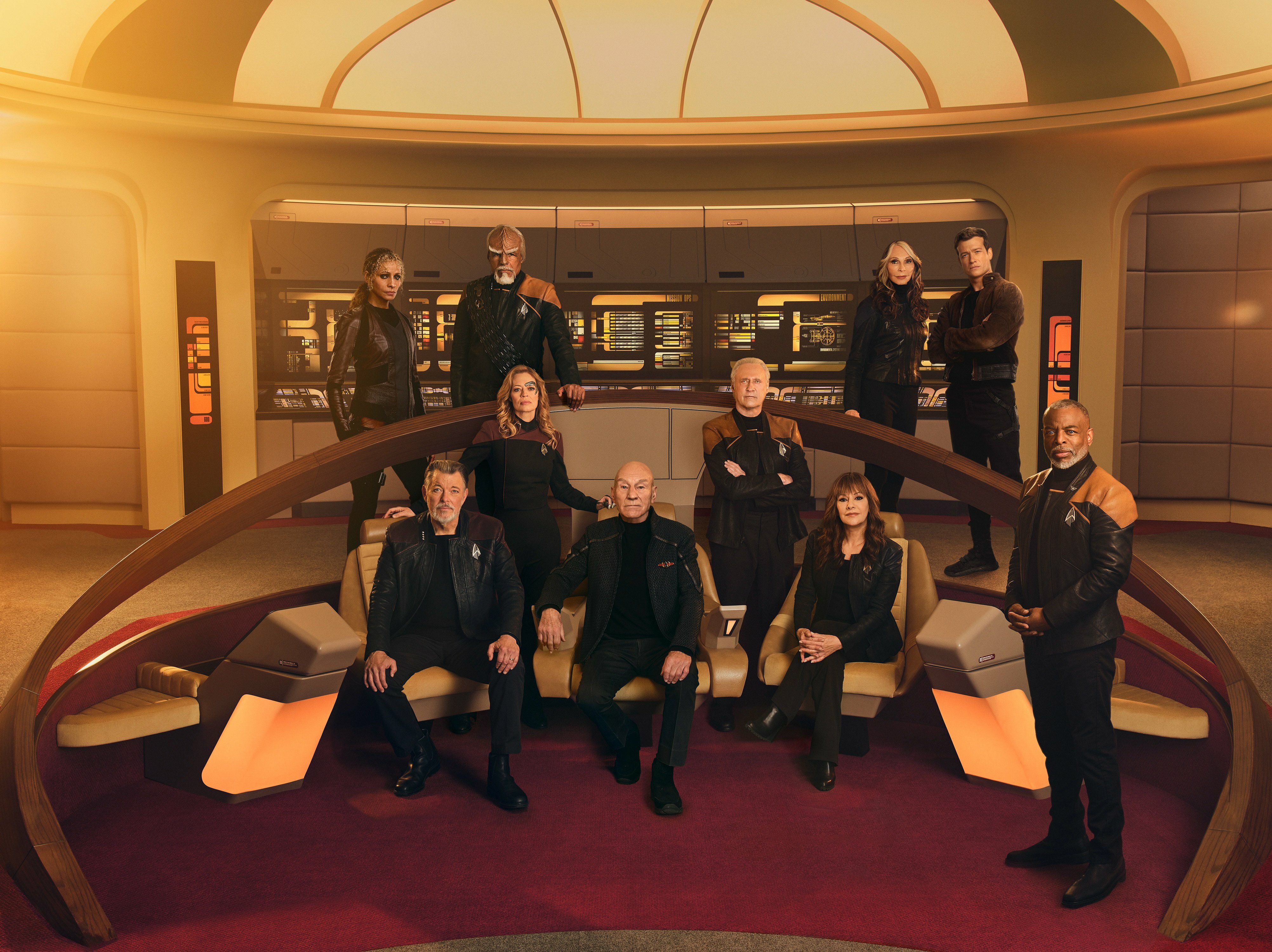
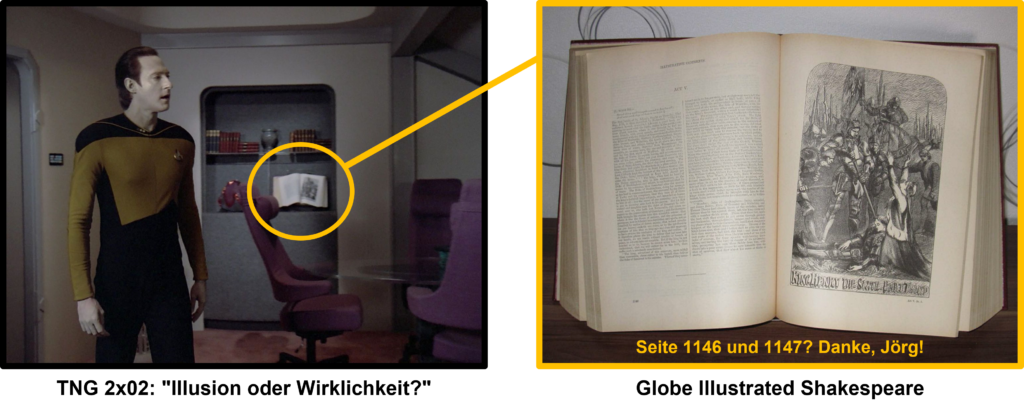
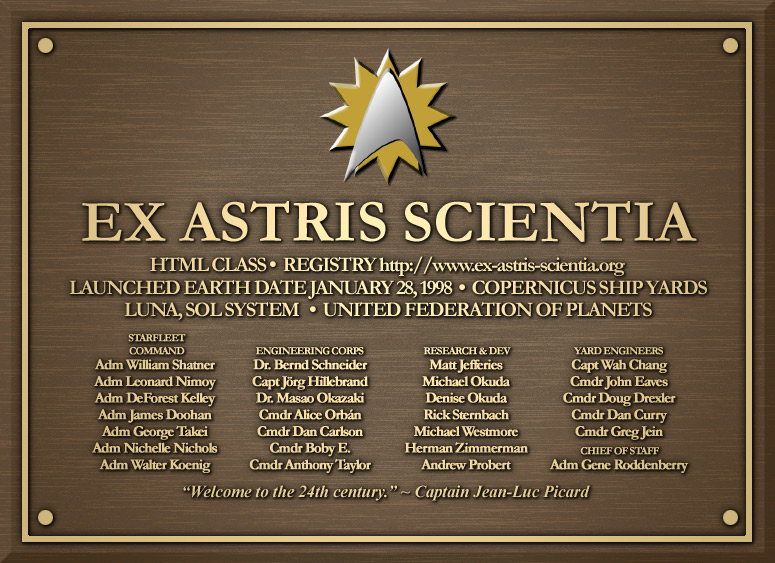
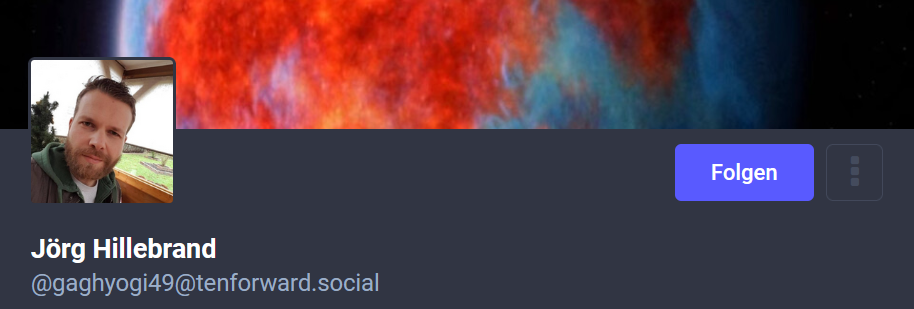
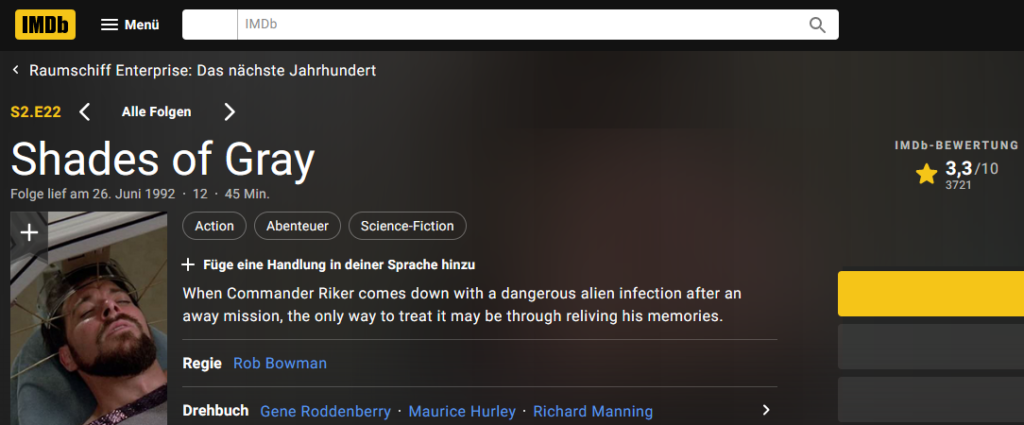
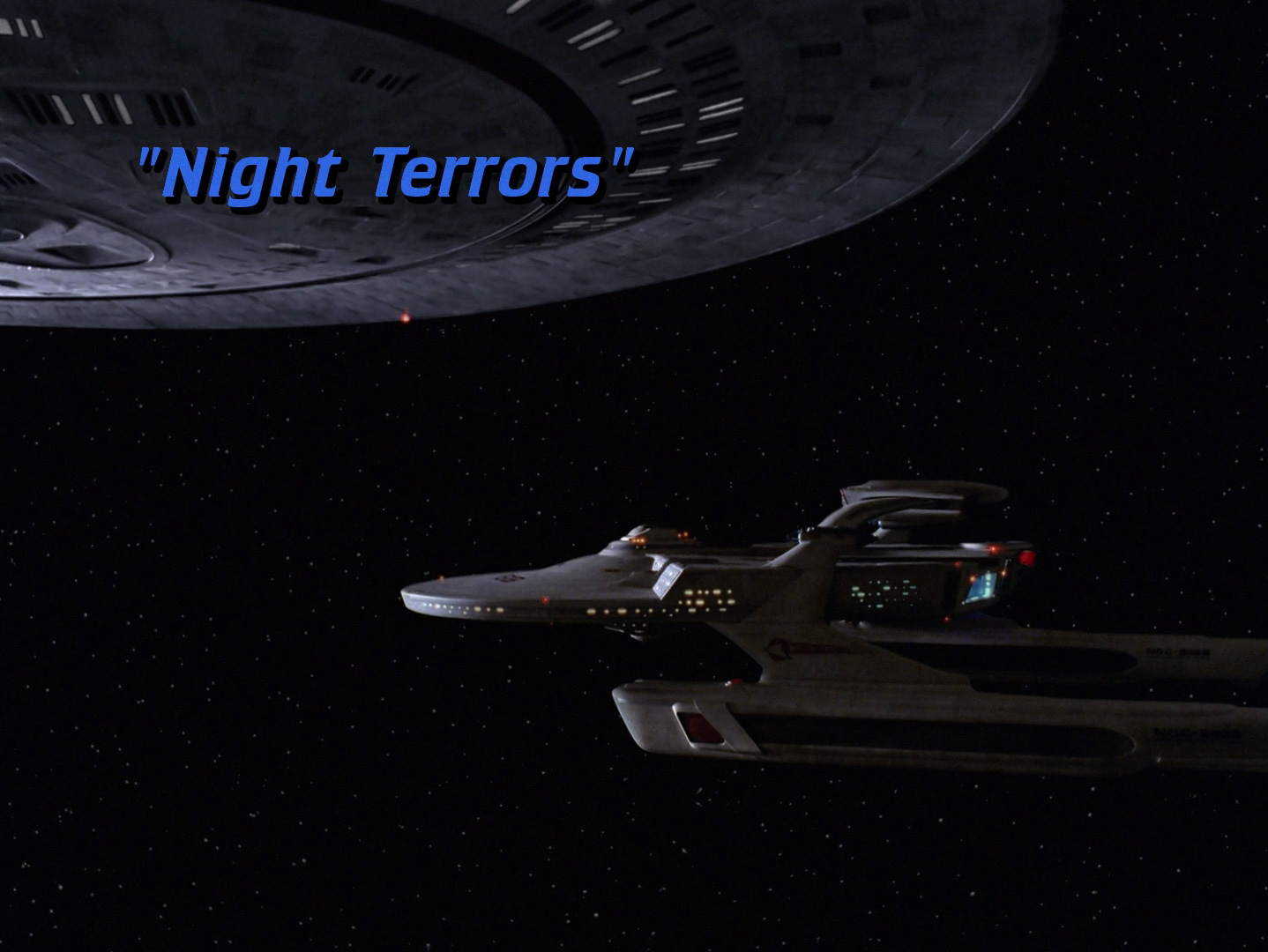

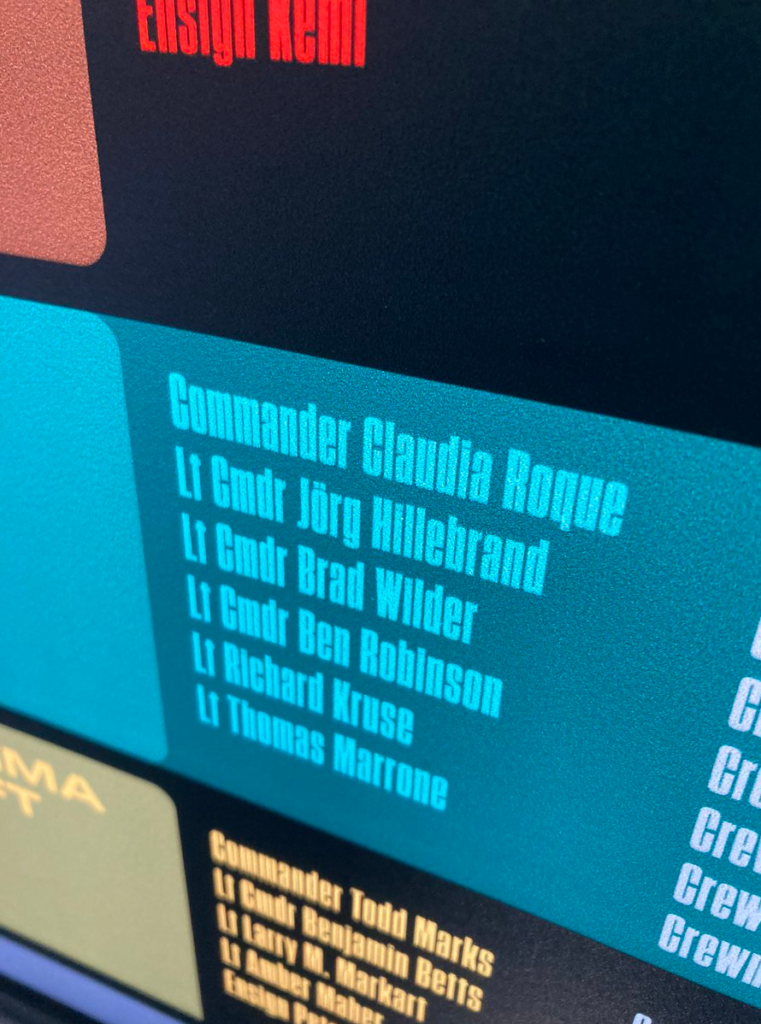

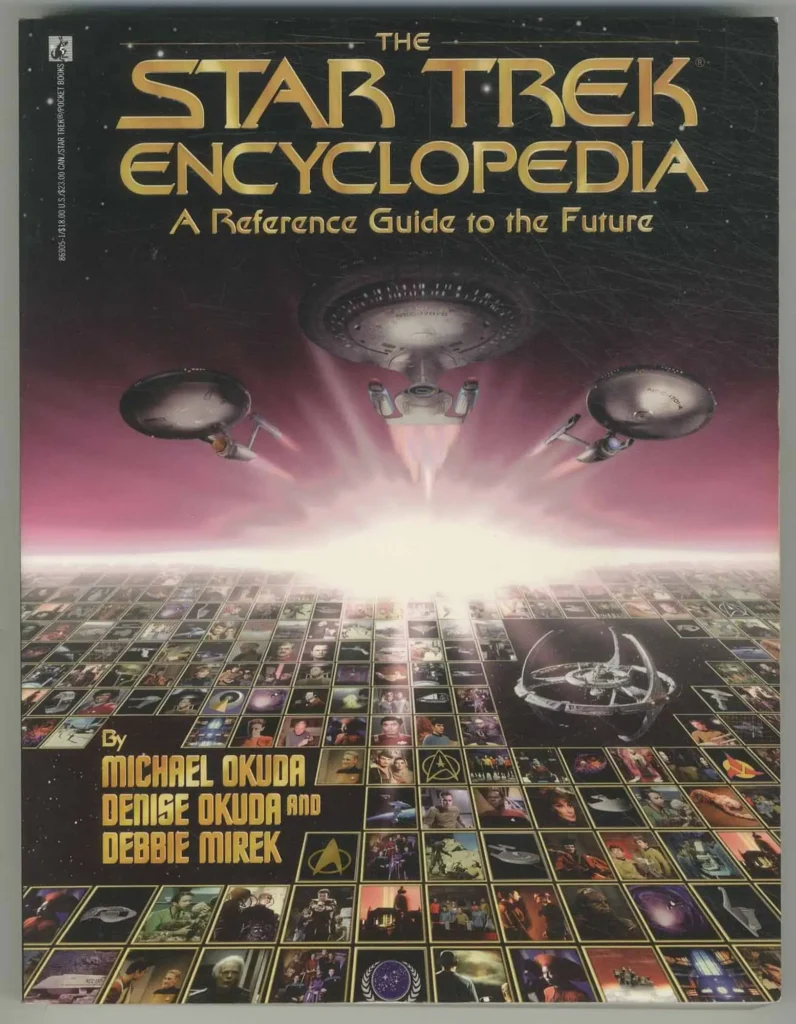
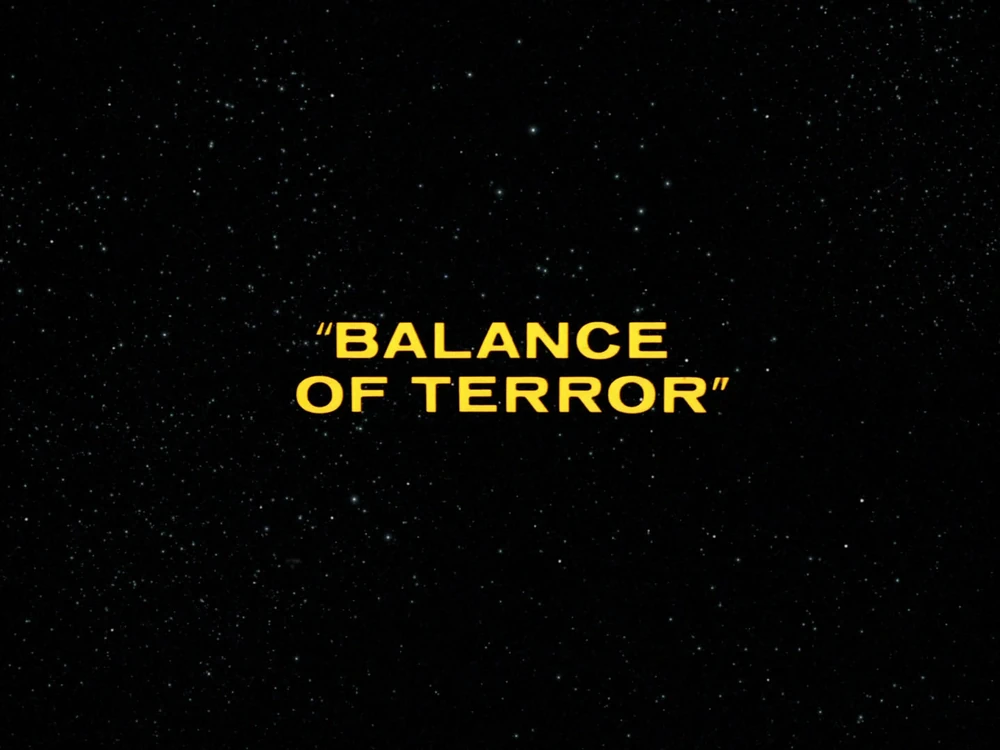
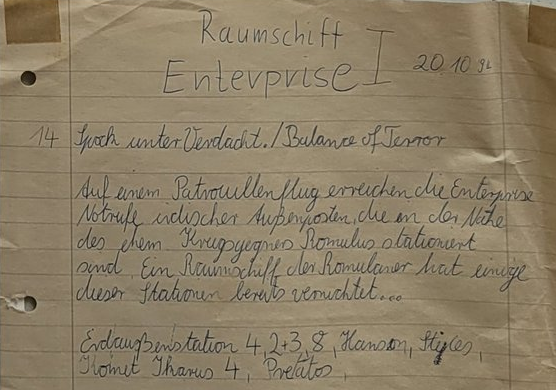
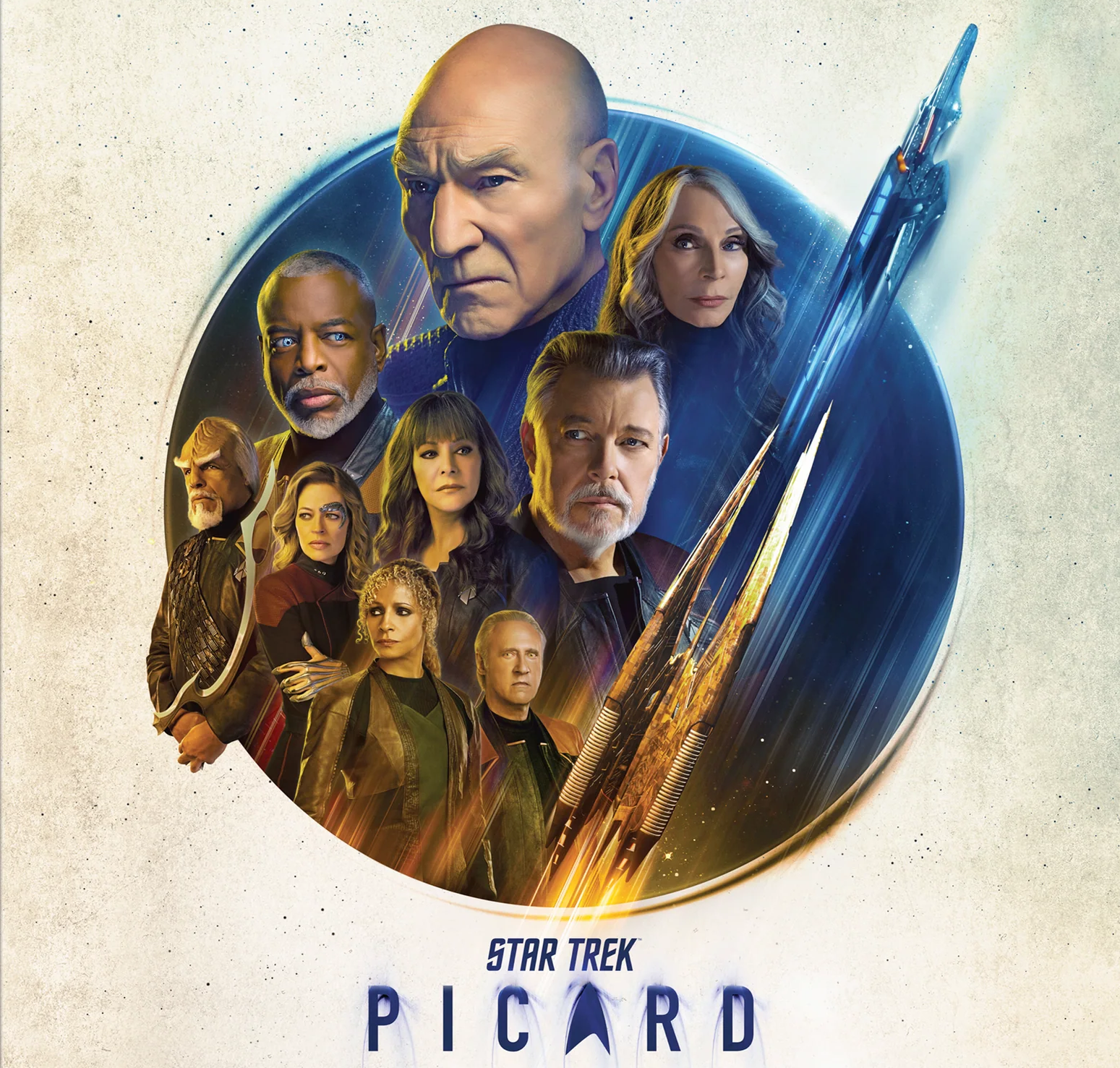
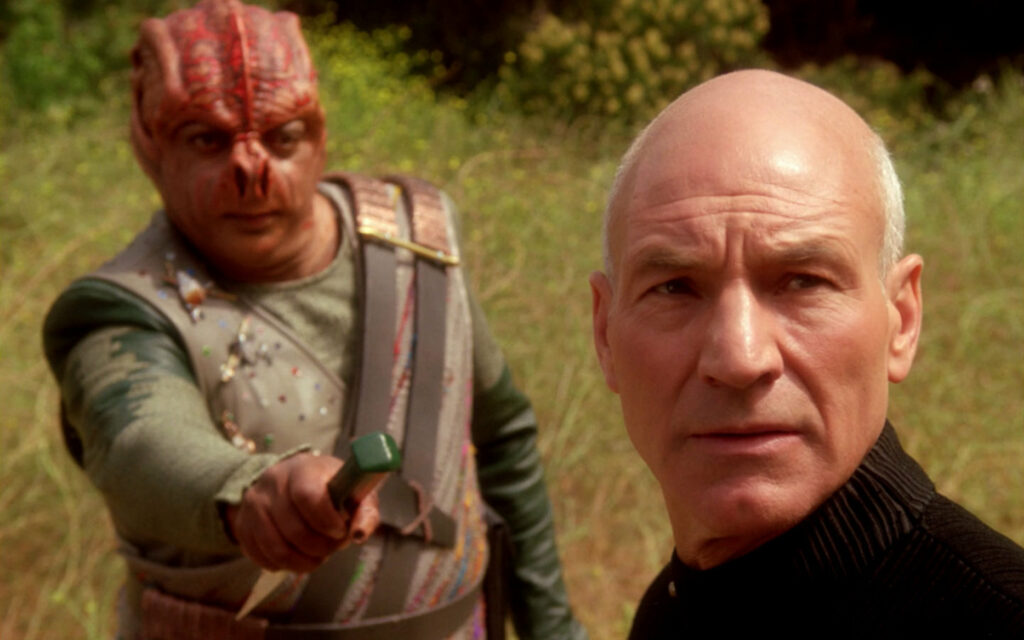
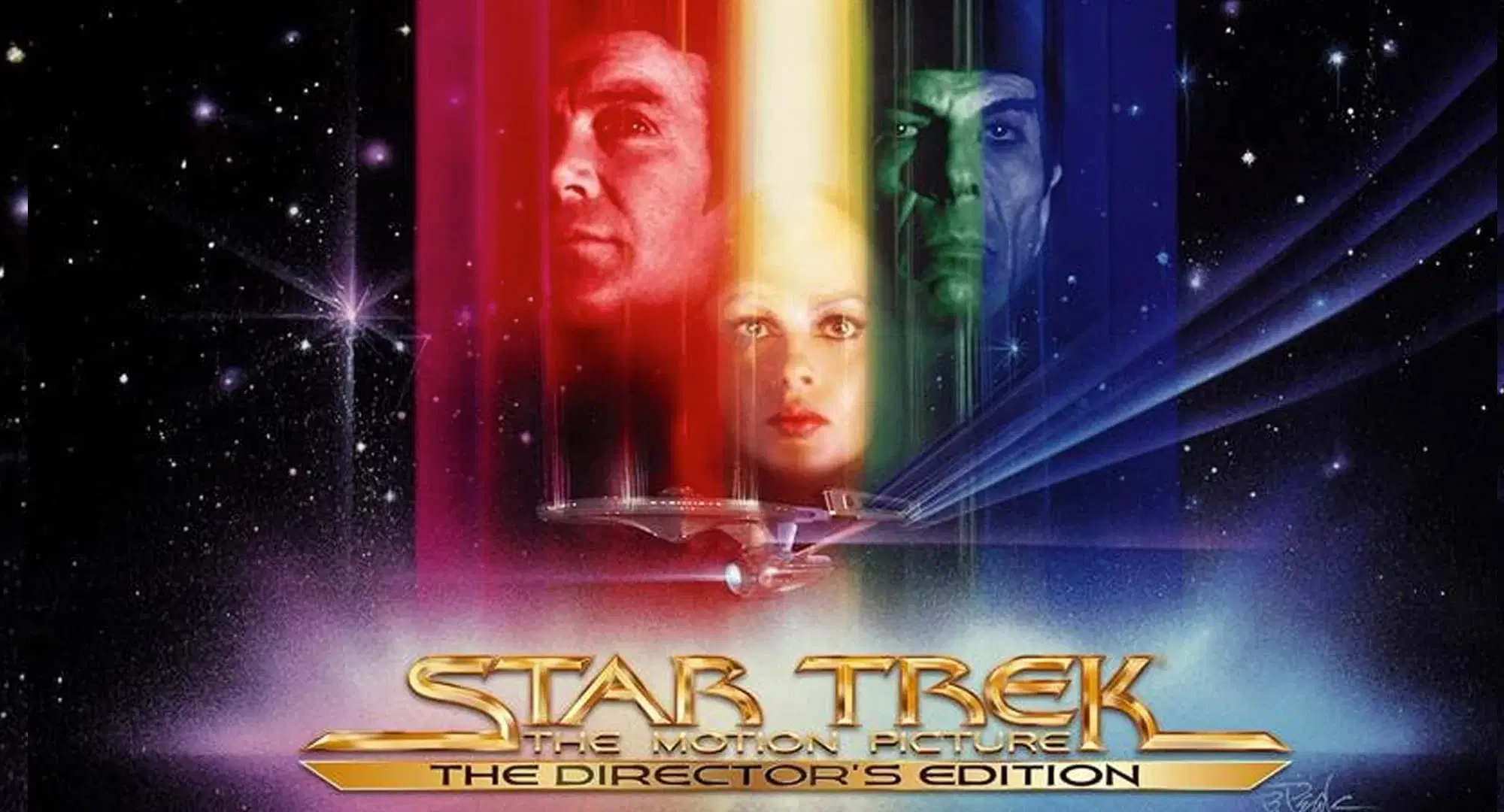
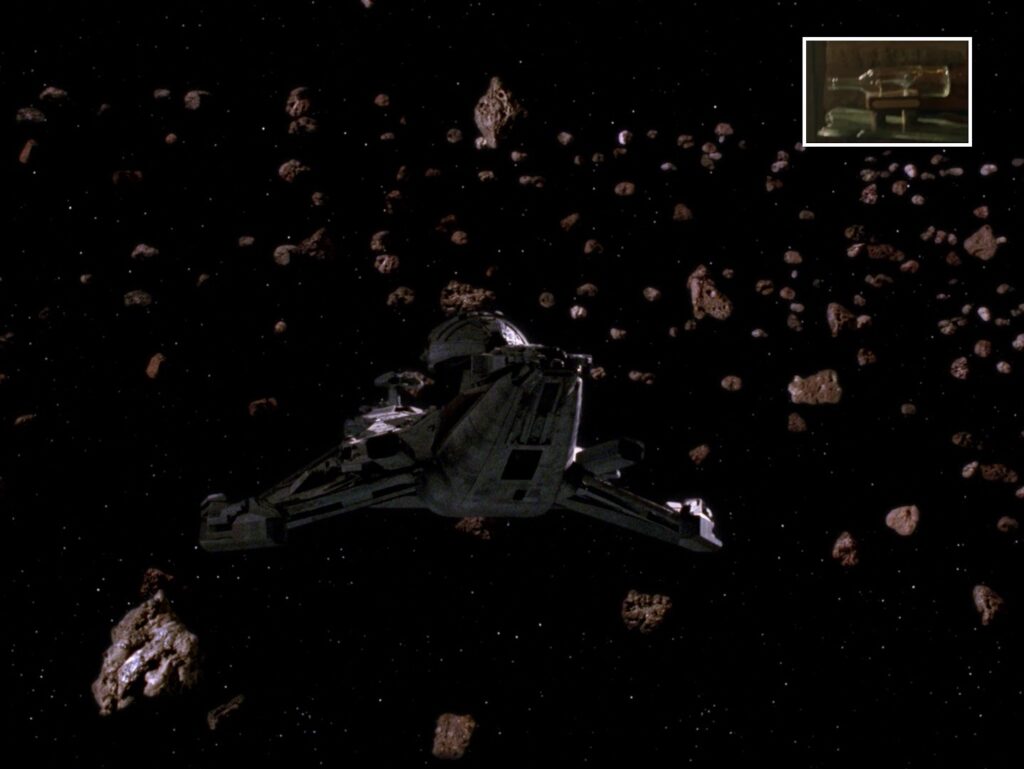

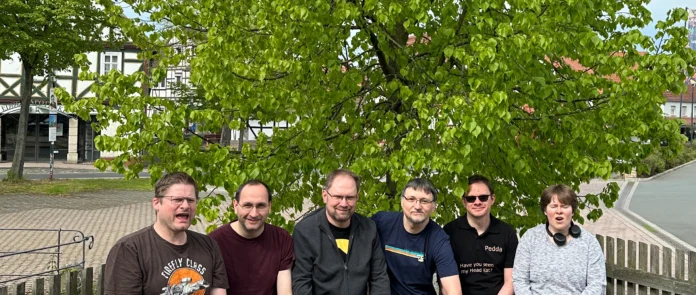
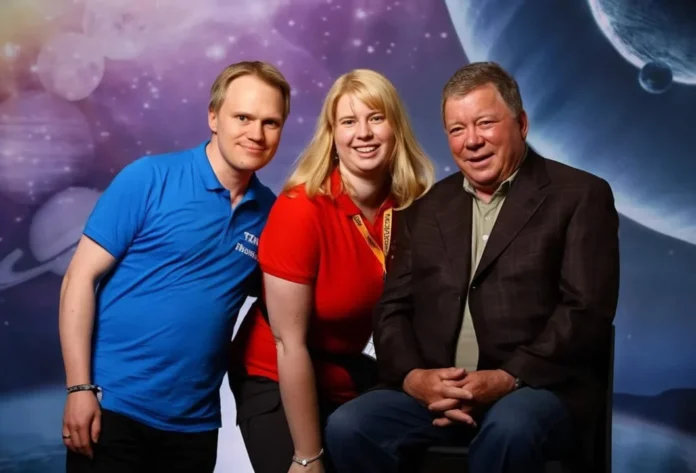
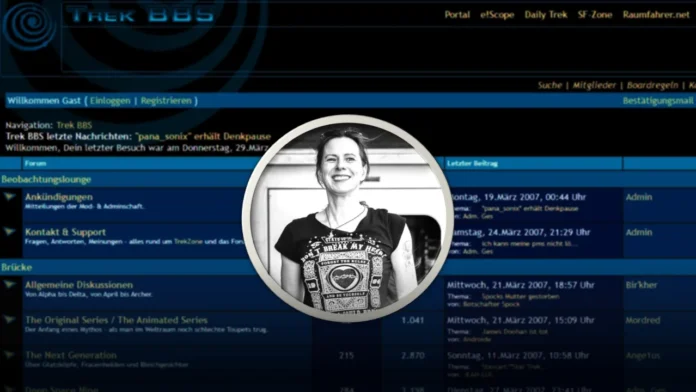
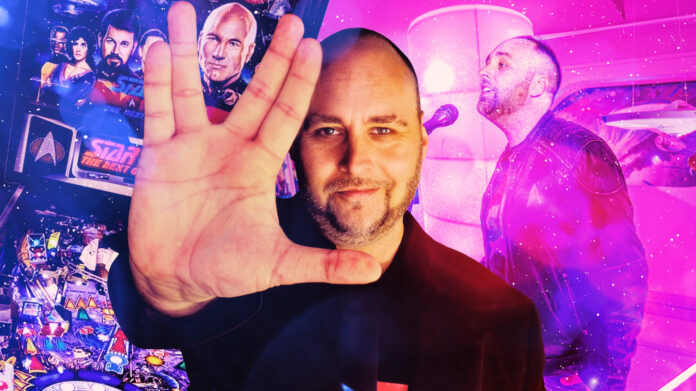
Sehr informativer Podcast, ganz herzlichen Dank an alle Beteiligten 🙂
Spannend auch als „kein“ Star trek fan (Trekkie),aber auch ungewohnt Jörg Hillebrand so viel reden zu hören,da ich ihn in meinem Alltag oft höre
Ja vielen Dank für das Interview. Nur so schade das viele dieser kleinen Details untergehen auf dem TV irgendwo im Hintergrund oder den dunklen Sets…
Tolles Interview nach der 3. Staffel Picard. habe Jörg’s Twitter Account kurz vor Start der 3. Staffel entdeckt. Das war der beste Fanservice ever. So viele Details wären mir nicht aufgefallen.